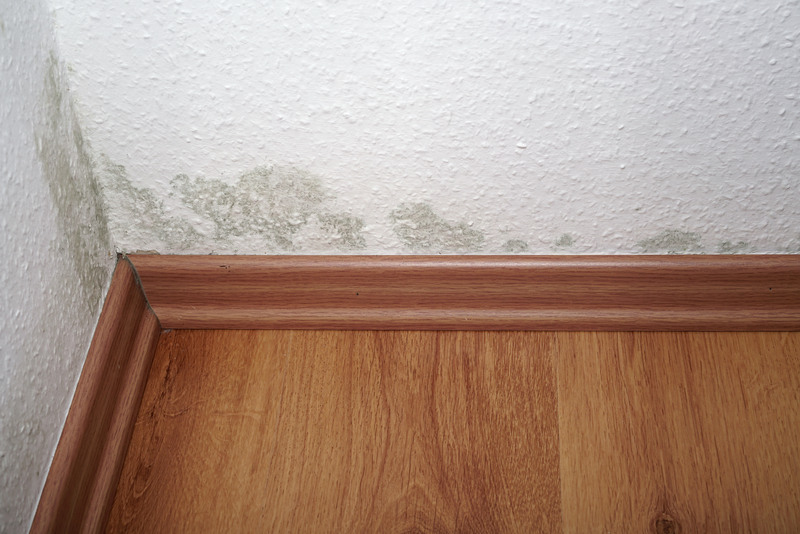Mold is always an unwanted house guest. Many homeowners dread the possibility of mold being hidden in their walls, damaging drywall. Visions of temporarily living in a hotel while a crew is ripping down walls to locate a nasty mold infestation are the stuff of homeowners’ nightmares.
Unusual Odors & Musty Smells Should Be Investigated
Everyone’s home has a specific smell, and it’s usually noticed quickly when something has an unpleasant or strange odor. If the odor lingers or gives off a wet, mildewed, or moldy odor, you can try to sniff out the source. If the mold smell is strong near your walls, it’s probably growing within the wall or drywall.
Look for Discolored Ceilings & Walls
There are quite a few walls in our homes, but we don’t spend time investigating them regularly. A small spot can go unnoticed for quite a while before someone realizes there’s a water leak. Mold within your walls is usually the result of water damage such as a burst pipe, leaky roof, or flood. Don’t ignore those brown, damp stains on your walls. Get professional help right away to inspect for the presence of mold and to make the necessary wall repairs.
What Happens When Mold Grows in the Walls of My House?
Mold has the same impact on air quality and human health no matter where it’s located within the home. Left untreated, the mold behind your walls will continue to grow and cause damage to your home. One of the reasons mold removal and remediation should be left to professionals is that mold doesn’t just grow on the surface. It can penetrate your drywall, belongings, and the materials used to build your home. Ignored mold infestations will continue to undermine your home’s air quality.
Surface Changes & Drywall Deterioration
Your walls’ appearance can change significantly if mold grows behind them. In addition to discoloration and stains, your walls may show deterioration. Paint or wallpaper can crack, peel, or bubble because of moisture and mold growth behind it. Furthermore, your walls may become warped or even bow or bulge when there’s a water issue, often leading to mold growth.
What You Should Do Once You Find Mold in Your House
Now that you know what to look for keep an eye out for any new signs of moisture or mold within your home’s interior. Mold can not only damage your living space but can also be detrimental to the health of the occupants. It is in your family’s best interest to seek professional mold remediation when mold growth is detected on or in walls. Damage from water and mold can be extensive, so proper removal and repair are crucial to ensure the mold doesn’t return. Many companies will also assist you with your homeowner’s insurance claim if you have mold coverage.

